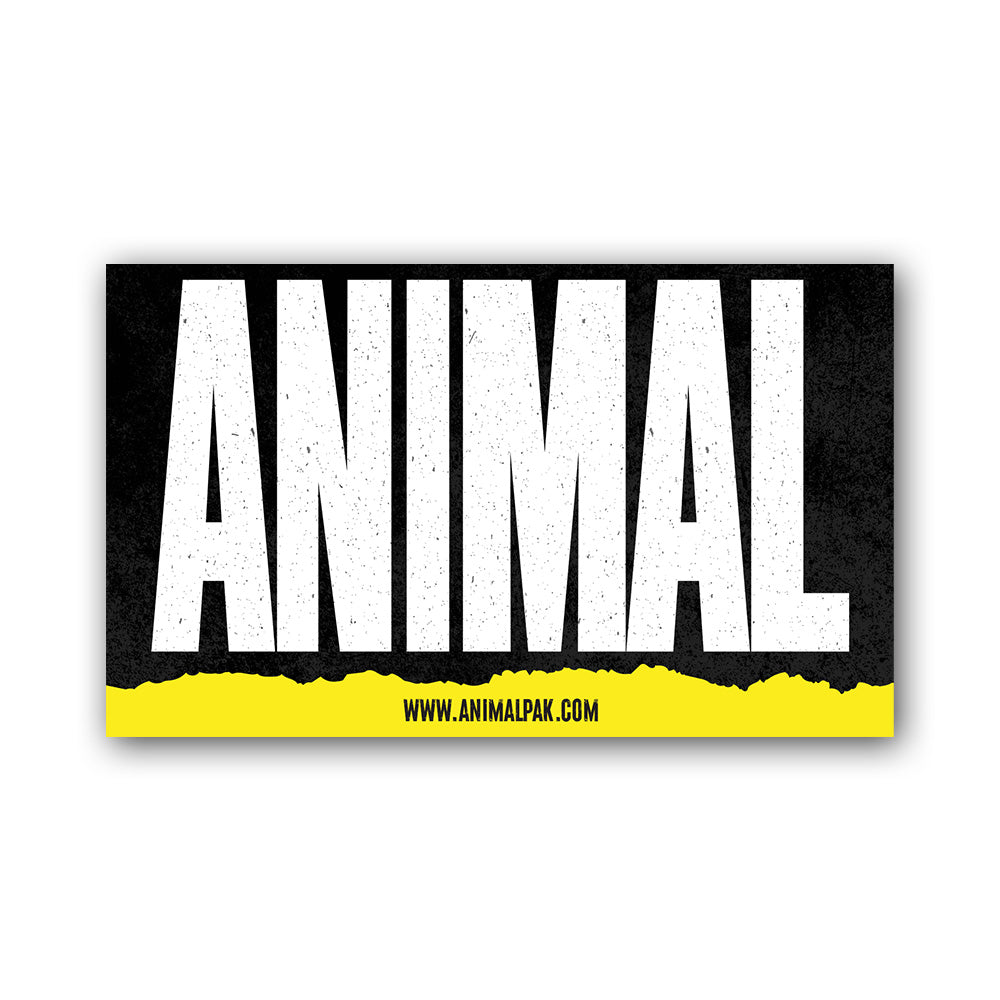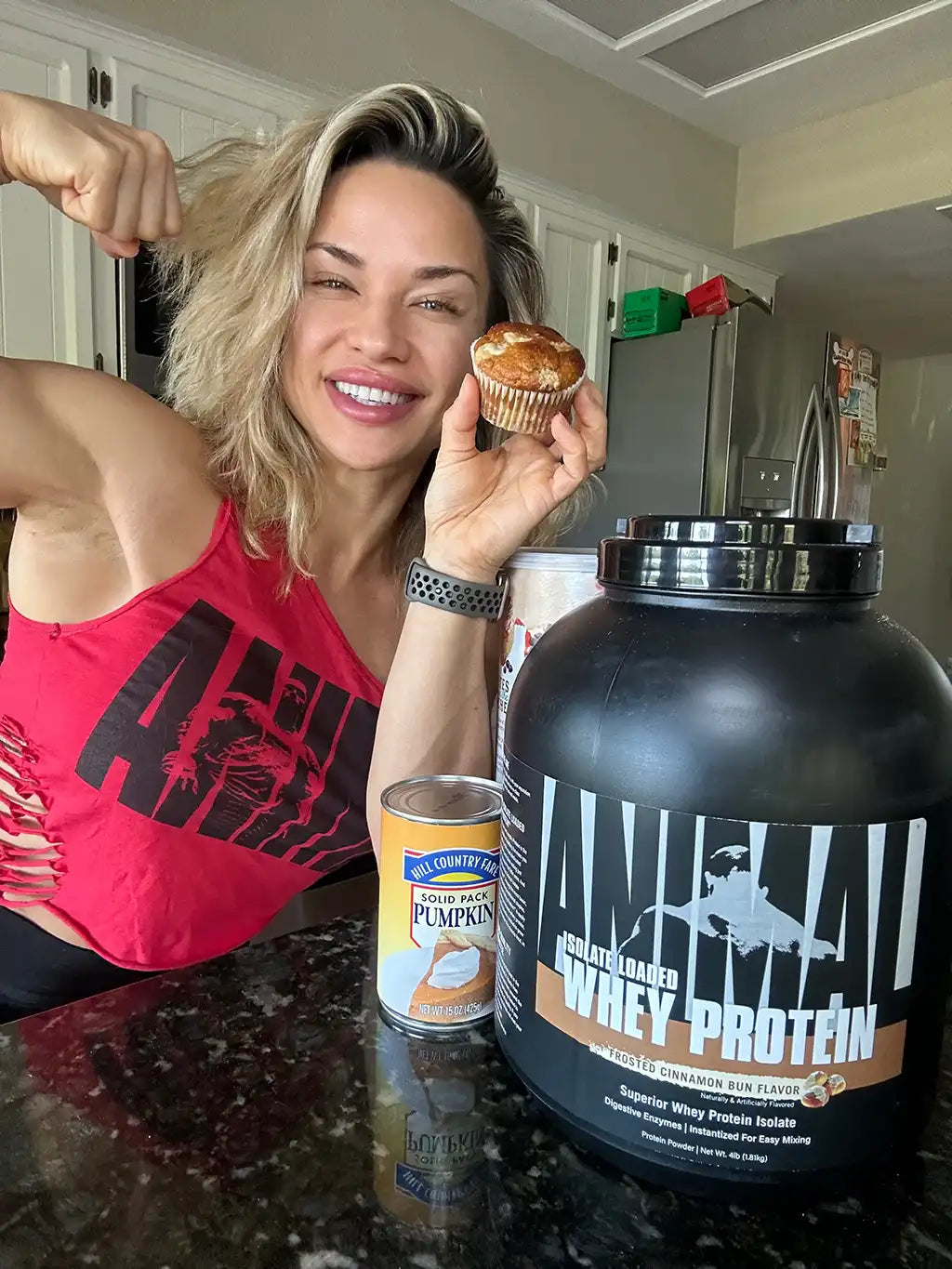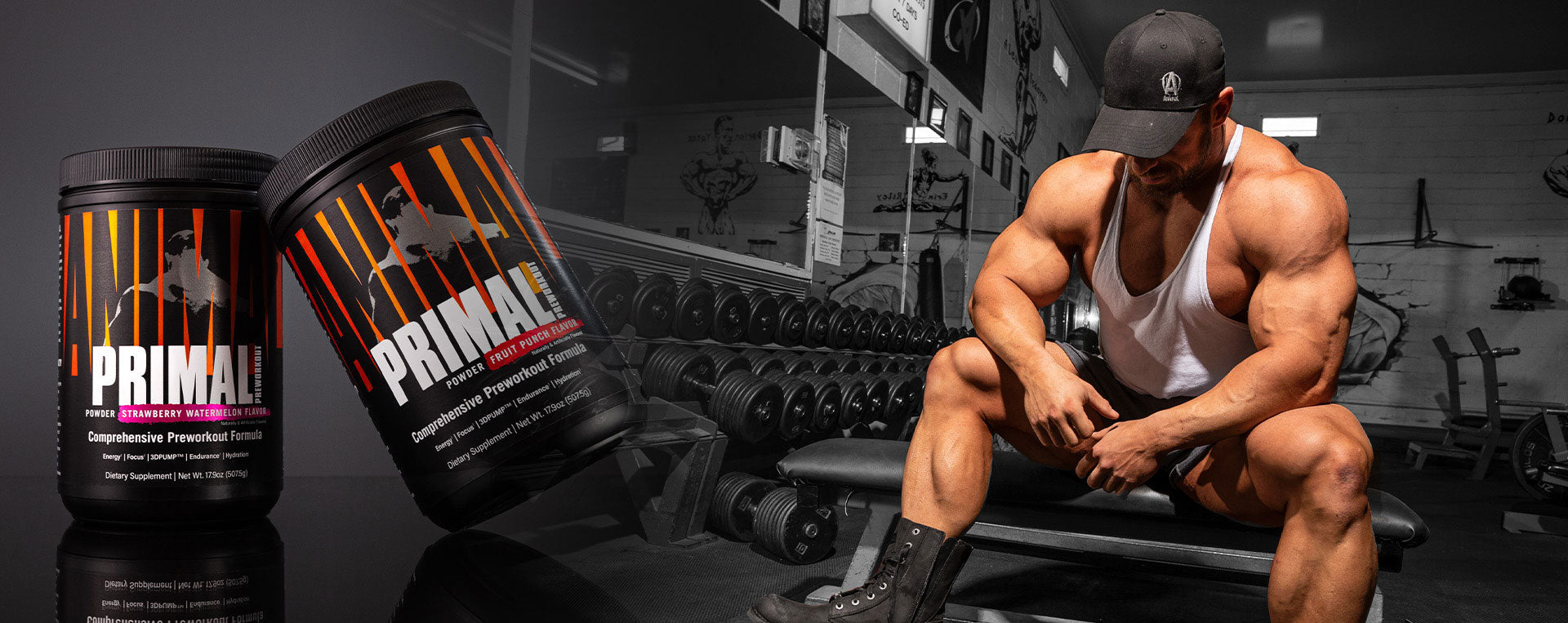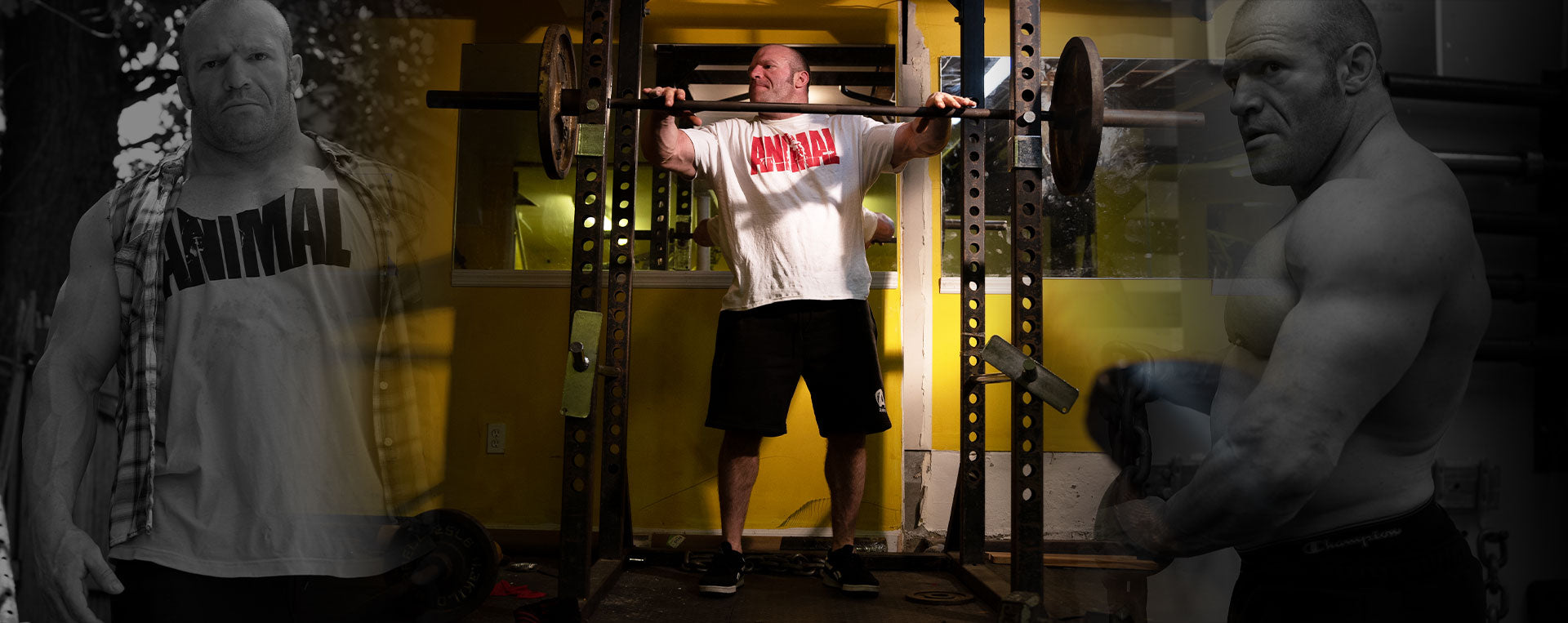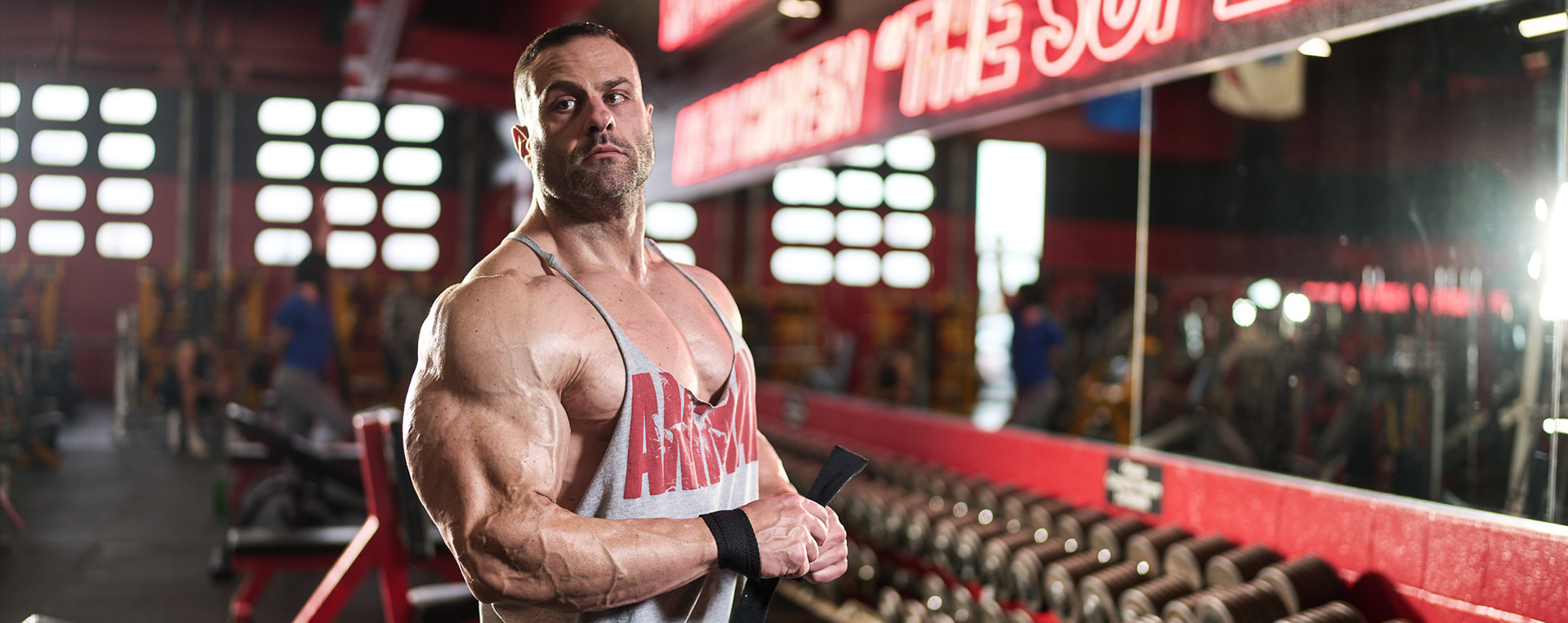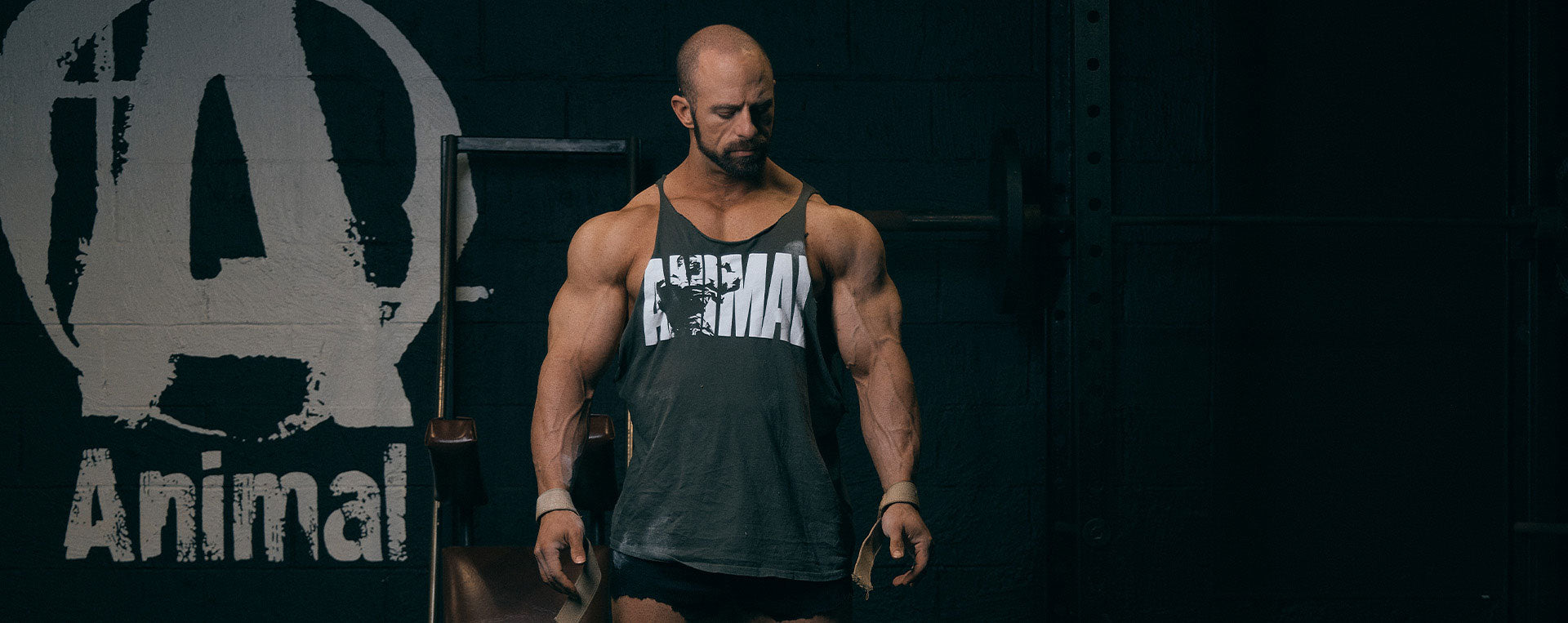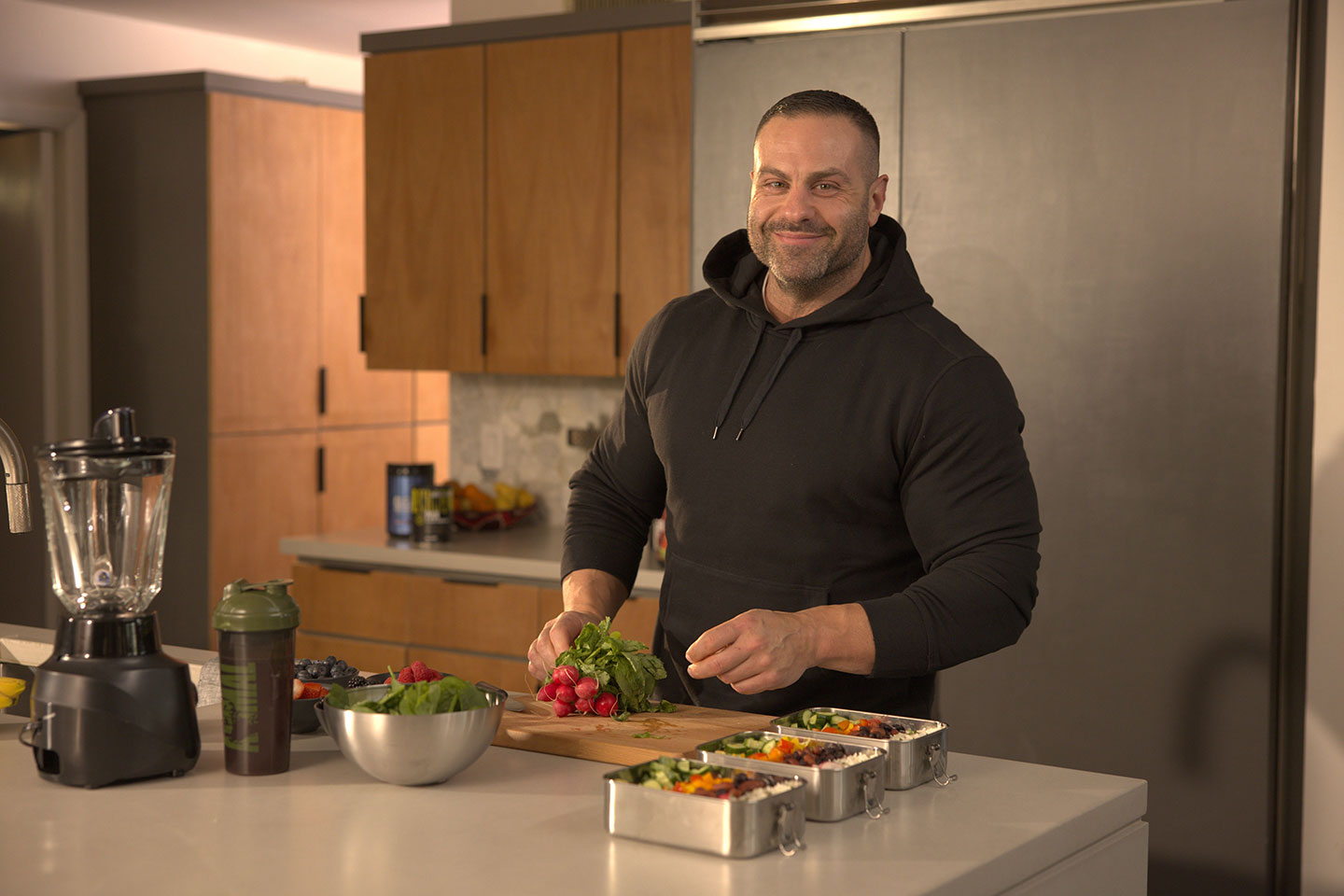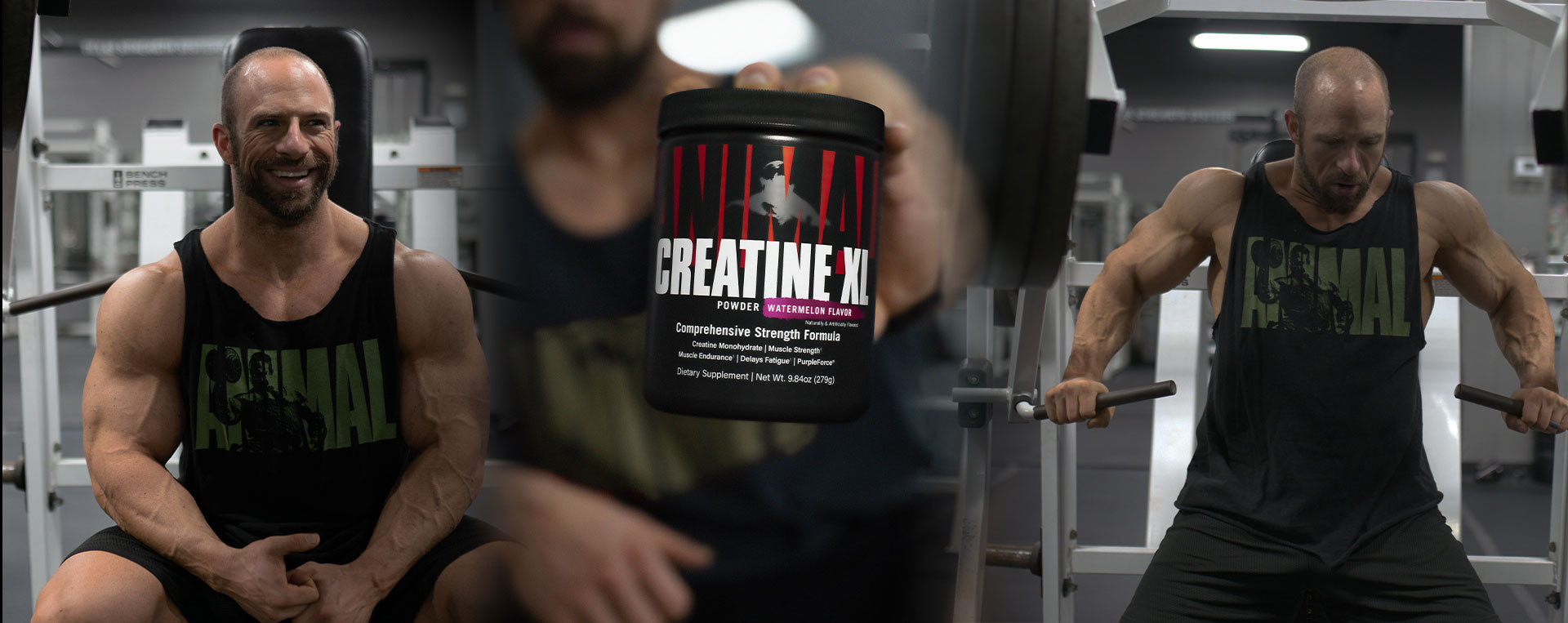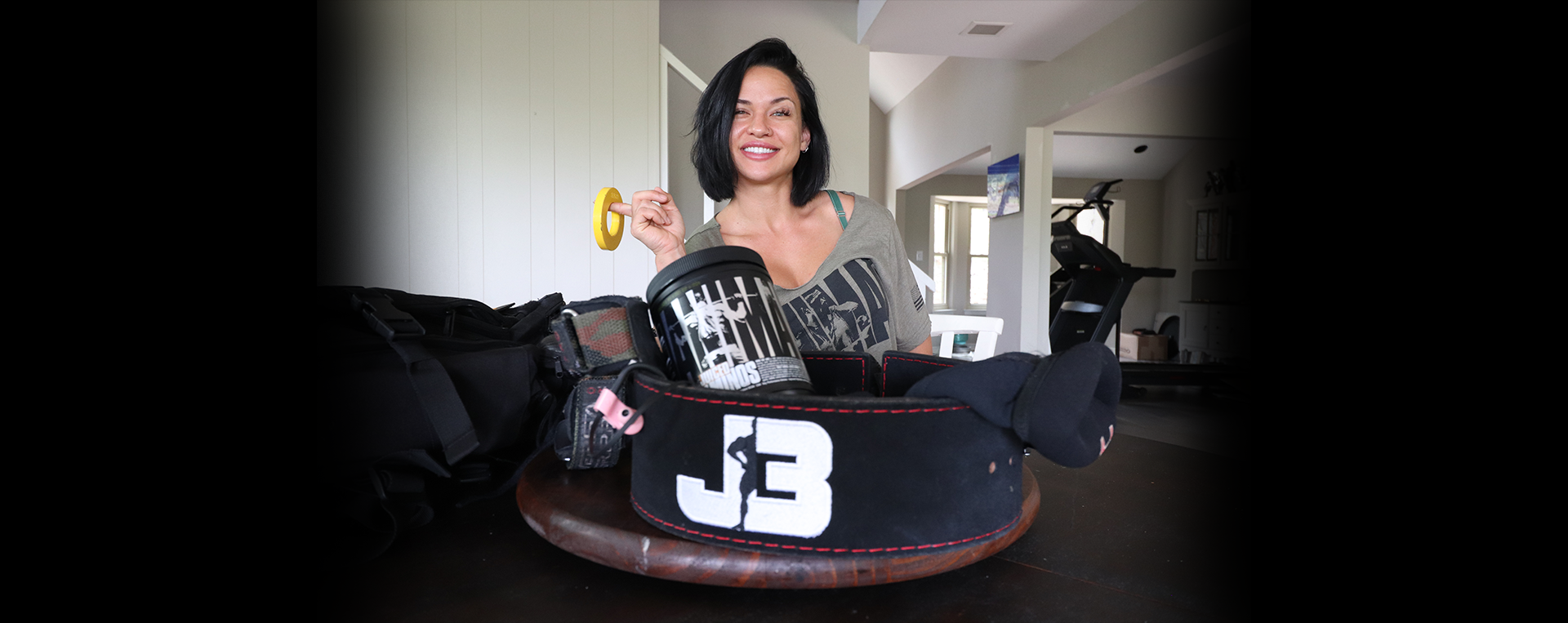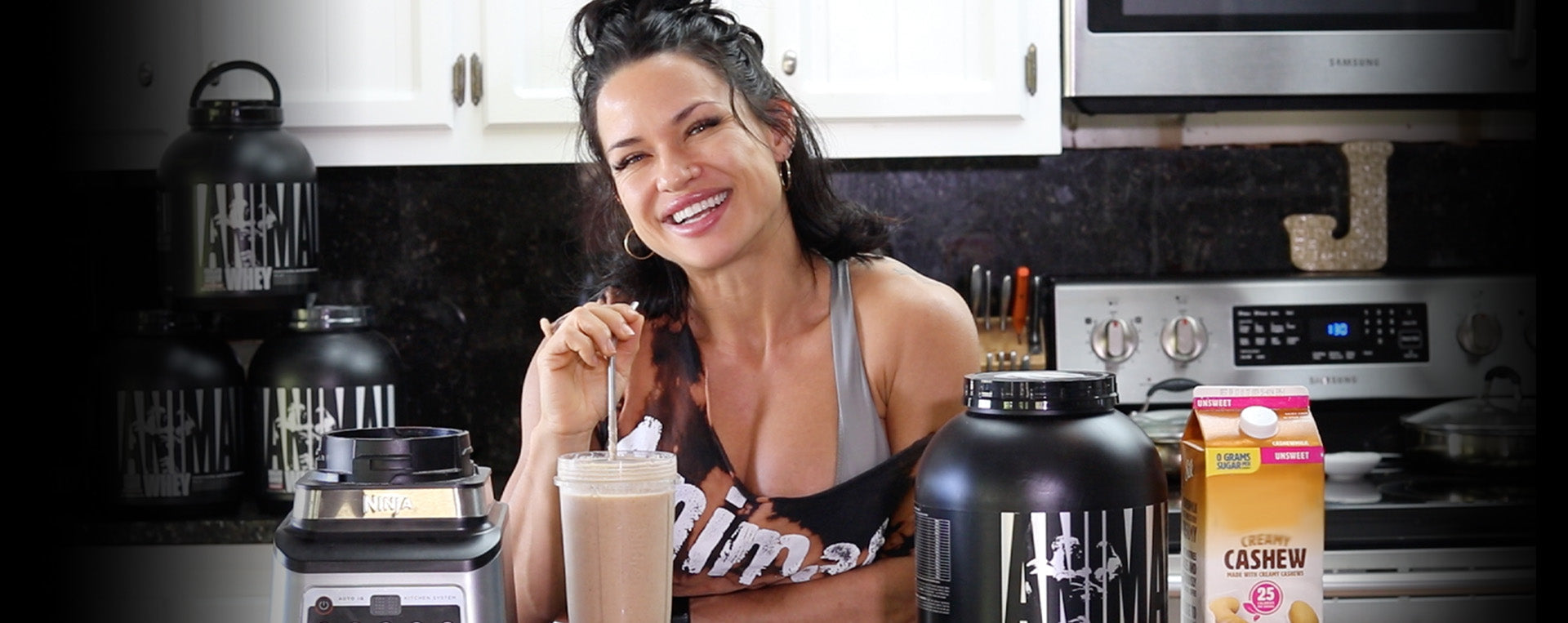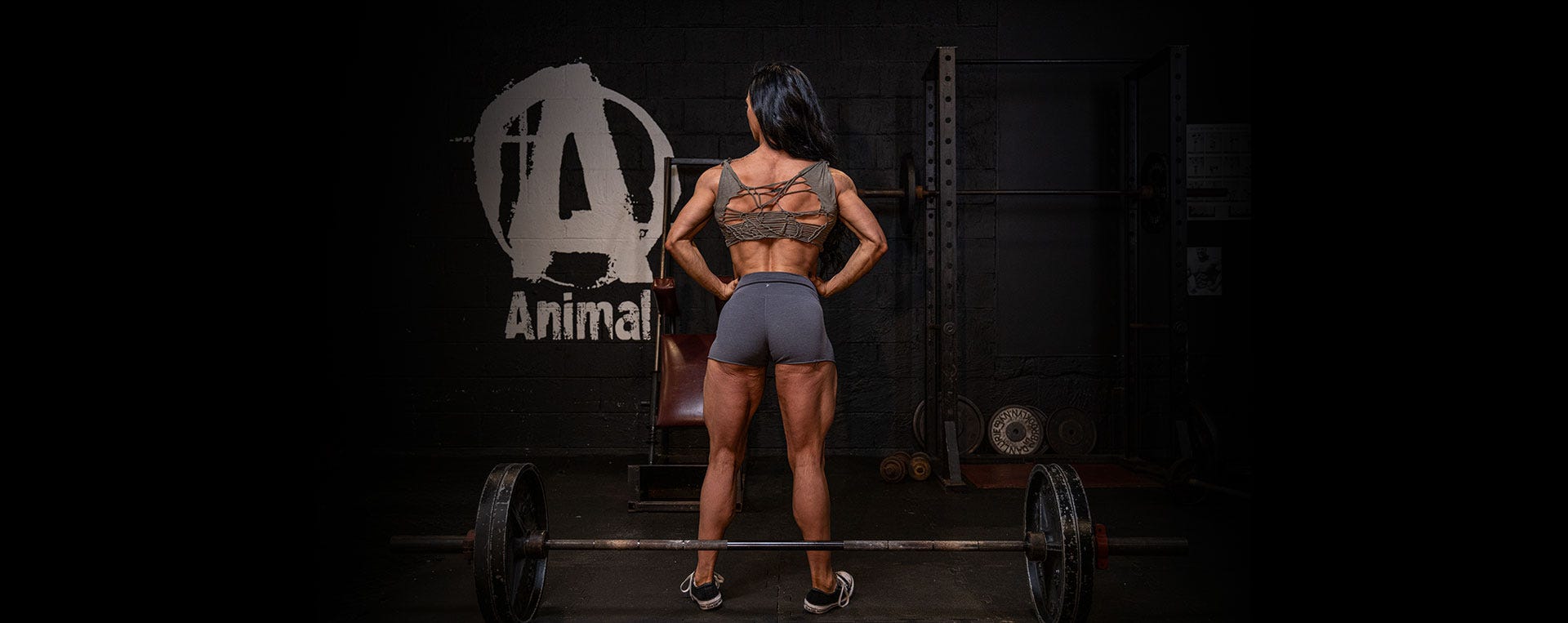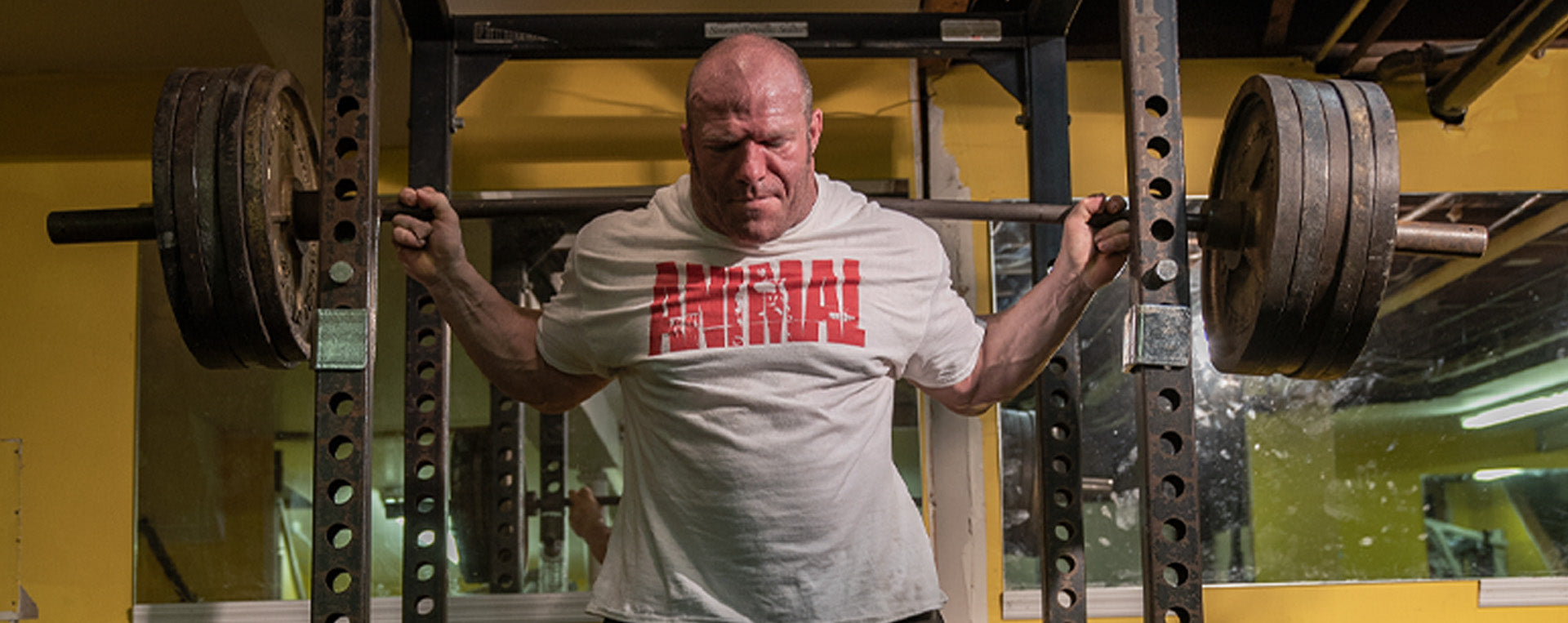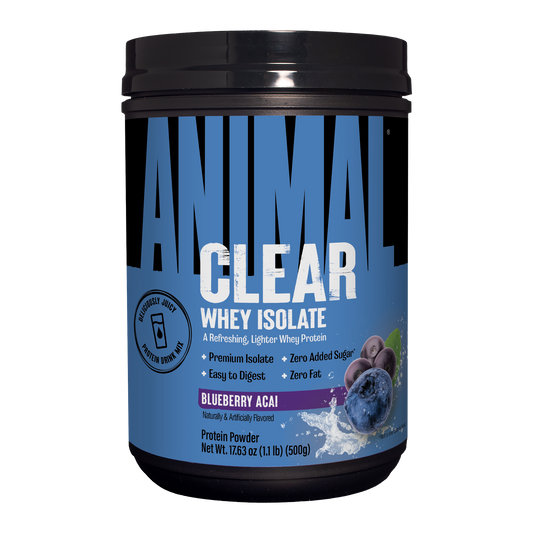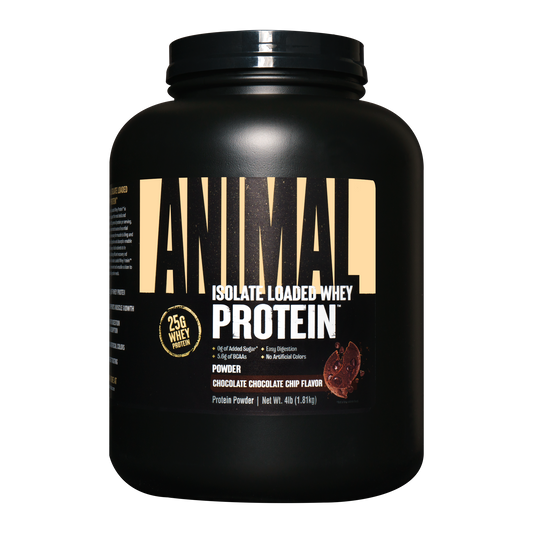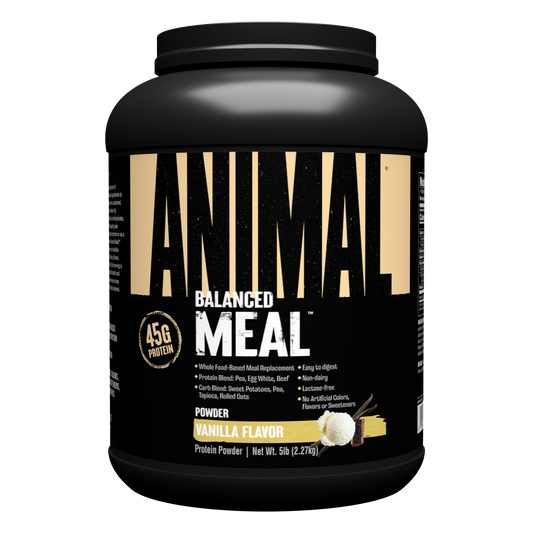Overview
In my last article, “The Body Fat Sweet Spot,” I discussed how to target the body fat sweet spot for optimal results in the improvement season. But what do we do when we’ve let too much body fat creep on and we have months of improvement season left? How do we put a stop to fat gain while continuing to make the most out of our improvement season?
This is where the “mini cut” comes into play. The mini cut is not a full-blown prep but a brief fat loss phase that we can implement to extend our improvement season. The goal of the mini cut is to aggressively decrease body fat to get us back into the optimal range so we can improve gym performance, restore insulin sensitivity, lower inflammation, improve our appetite and GI motility, and give ourselves a psychological break.
Genie in a Bottle
Off-season is great because we’re eating and we’re growing, but continuing to stay in a surplus for an extended time will lead to body fat accumulation to the point where we’ll keep getting fatter without much more muscle to show for it. We can implement a mini cut during this extended off-season period to keep muscle gains as efficient as possible. If I found a genie in a bottle, one of my wishes would be to gain muscle without gaining body fat. Unfortunately, I haven’t found that genie and, as much as I wish we could keep from gaining extra body fat during this phase, it’s inevitable when we’re in a caloric surplus. There will be some degree of fat gain even when we try to mitigate it as much as possible. Some signs that we let our fat gain go too far are:
- Decreased gym performance and loss of pumps, energy, and stamina
- Decreased insulin sensitivity
- Chronic inflammation
- A lack of recovery
- Decreased appetite
- Loss of motivation
Lose Fat Fast
The idea of a mini cut is to aggressively lose fat without negatively impacting our training performance. This phase should be cut off before the hard “digging” for fat loss occurs and diet adaptations start to appear. This should be “easy” fat loss before weight loss stalls start to happen. The amount of time spent in a mini cut phase will depend on the individual and could last anywhere from 4-8 weeks. I recommend decreasing body fat down to 8-12% for males and 18-22% for females, as these are the ranges for more optimal performance for muscle gain.
The rate of weight loss should be around 0.5-1.5% per week. During the first week that percentage could be higher due to initial weight loss from the decrease in muscle glycogen and GI food volume. The following tools should be used to track progress so we know when to cut off the mini cut phase and go back to off-season:
- Weekly progress pictures
- Tape measurements
- Three largest caliper sites
- Scale weight
The more data we can collect over the weeks in a mini cut or off-season, the more accurately we can assess whether or not body fat levels are optimal.
The Setup
You will need to reduce food 20-30% in calories below maintenance. The initial reduction should be from removing any untracked or cheat meals that you were having in the off-season phase. As a starting point, pull calories from meals that are not around training. Since we’re trying to maintain as much muscle as possible, we want the majority of those calories for peri and post workout meals.
- Protein: Stay within 1-1.5g per lb of body weight. Protein needs will be higher while in a deficit than in the off-season phase. Of course, a deficit brings increased hunger. Since protein has higher satiety, hopefully higher protein holds you over so you’re not getting hangry. Some tips to manage hunger during this phase are to swap liquid shakes for solid food choices or swap fish and egg whites for more solid protein sources such as chicken or turkey.
- Carbohydrates: Since we just exited the off-season phase, carbs should be pretty high and can be the first macro to adjust toward our deficit. Again, uphold peri/post workout carbs to fuel performance and recovery. Some tips to manage hunger include swapping out carb sources like cream of rice for high fiber options like oatmeal. Eating more vegetables can also help manage hunger during this phase.
- Fats: I generally recommend setting fat at 0.3g per lb of body weight. Making the swap from oils to high fiber fat sources like avocados and nuts can help manage hunger.
After initial mini cut set up, make one adjustment at a time. Use the tools mentioned above to track progress, then make assessments each week and adjust accordingly to stay within your weekly rate of fat loss.
Keeping the Muscle
Maintaining performance is of the utmost importance during this phase. Continuing your normal load and rep progressions should be in place just like in the off-season. We want to train within our recovery ability, but we can raise volume for the purpose of holding muscle tissue during this deficit. Keep the muscle in the same manner you built the muscle—by training hard.
Keep cardio at a low intensity. The goal of cardio is to create more energy expenditure with the least impact on your weight training and recovery. Good options for cardio include increasing daily activity and step counts. There are all kinds of fitness trackers available these days, from your knock off Fit Bit (I have one and it works like a charm) to your high end Apple Watch. Increasing your non-exercise activity thermogenesis (NEAT) is a great way to raise energy expenditure without it feeling like “cardio.” Other low intensity options include the treadmill, elliptical, and stairmaster. It’s easy to add low intensity cardio without taking away from weight training sessions.
Do not allow cardio sessions to exceed your number of training sessions per week. Also, perform cardio during times that are far from training and don’t interfere with sleep. If you must do cardio around weight training, do it post training not pre. You want to be able to put the most effort toward weight training because, again, we’re trying to keep the muscle.
Mini Cut Success
How do you know when to end this phase and enter back into an off-season phase? Take a look at the data you’ve been collecting over the weeks. Has body composition improved to a more optimal range? Do you mentally feel fresh and recharged? If all signs point to yes, then congratulations, you successfully made it through your mini cut and you can transition back into your off-season phase.
To Sum It All Up
- This phase is an aggressive fat loss phase with the goal of dropping body fat levels back within range for optimal growth.
- Use your tools to track progress and collect data. Changes should be made based on visuals, feedback, and scale weight rate of change.
- Maintaining training performance and muscle retention is essential. We do not want to sacrifice muscle in this phase.




